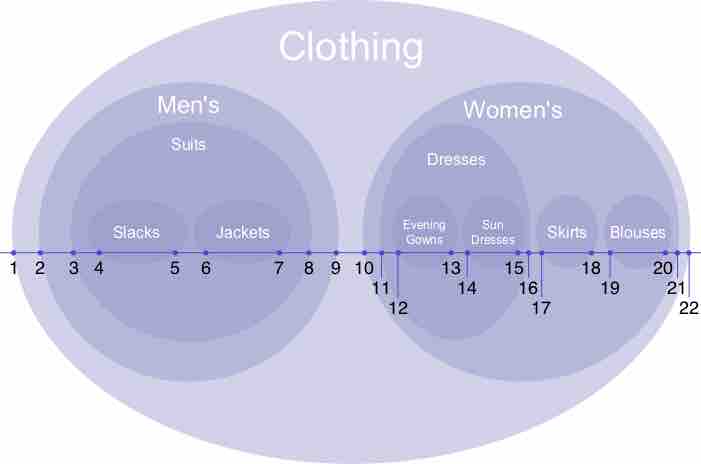Multilevel models, or nested models, are statistical models of parameters that vary at more than one level. These models can be seen as generalizations of linear models (in particular, linear regression); although, they can also extend to non-linear models. Though not a new idea, they have been much more popular following the growth of computing power and the availability of software.
Multilevel models are particularly appropriate for research designs where data for participants are organized at more than one level (i.e., nested data). The units of analysis are usually individuals (at a lower level) who are nested within contextual/aggregate units (at a higher level). While the lowest level of data in multilevel models is usually an individual, repeated measurements of individuals may also be examined. As such, multilevel models provide an alternative type of analysis for univariate or multivariate analysis of repeated measures. Individual differences in growth curves may be examined. Furthermore, multilevel models can be used as an alternative to analysis of covariance (ANCOVA), where scores on the dependent variable are adjusted for covariates (i.e., individual differences) before testing treatment differences. Multilevel models are able to analyze these experiments without the assumptions of homogeneity-of-regression slopes that is required by ANCOVA.
Types of Models
Before conducting a multilevel model analysis, a researcher must decide on several aspects, including which predictors are to be included in the analysis, if any. Second, the researcher must decide whether parameter values (i.e., the elements that will be estimated) will be fixed or random. Fixed parameters are composed of a constant over all the groups, whereas a random parameter has a different value for each of the groups. Additionally, the researcher must decide whether to employ a maximum likelihood estimation or a restricted maximum likelihood estimation type.
- Random intercepts model. A random intercepts model is a model in which intercepts are allowed to vary; therefore, the scores on the dependent variable for each individual observation are predicted by the intercept that varies across groups. This model assumes that slopes are fixed (the same across different contexts). In addition, this model provides information about intraclass correlations, which are helpful in determining whether multilevel models are required in the first place.
- Random slopes model. A random slopes model is a model in which slopes are allowed to vary; therefore, the slopes are different across groups. This model assumes that intercepts are fixed (the same across different contexts).
- Random intercepts and slopes model. A model that includes both random intercepts and random slopes is likely the most realistic type of model; although, it is also the most complex. In this model, both intercepts and slopes are allowed to vary across groups, meaning that they are different in different contexts.
Assumptions
Multilevel models have the same assumptions as other major general linear models, but some of the assumptions are modified for the hierarchical nature of the design (i.e., nested data).
- Linearity. The assumption of linearity states that there is a rectilinear (straight-line, as opposed to non-linear or U-shaped) relationship between variables.
- Normality. The assumption of normality states that the error terms at every level of the model are normally distributed.
- Homoscedasticity. The assumption of homoscedasticity, also known as homogeneity of variance, assumes equality of population variances.
- Independence of observations. Independence is an assumption of general linear models, which states that cases are random samples from the population and that scores on the dependent variable are independent of each other.
Uses of Multilevel Models
Multilevel models have been used in education research or geographical research to estimate separately the variance between pupils within the same school and the variance between schools. In psychological applications, the multiple levels are items in an instrument, individuals, and families. In sociological applications, multilevel models are used to examine individuals embedded within regions or countries. In organizational psychology research, data from individuals must often be nested within teams or other functional units.

Nested Model
An example of a simple nested set.